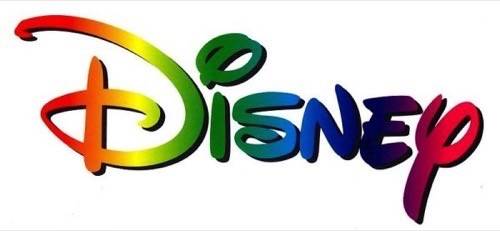
Tuesday morning, Deathwatch-favorite Netflix announced a new partnership with Disney. While the financial terms have yet to be disclosed, this looks like a huge step in the right direction for the embattled video service.
Under the terms of the agreement, Netflix will become the online distribution platform for Disney’s straight-to-video releases in 2013. In 2016, it will carry pay-per-view versions of Disney’s new, theatricallyreleased films. Effective immediately, Netflix will also have access to a back catalog of classic Disney films for its current subscriber base.

What It Means For Disney
By cutting a deal, Disney gains a pay-per-view foothold (and likely some perks to be named later) in the biggest online video distributor without giving up anything but Dumbo and Pocahontas. Its classic freebies will serve as a powerful lead-in for up-sells, and it will retain the power to charge a fee it considers fair for premium content. The deal also draws considerable leverage from cable operators that may have been less willing to negotiate a favorable revenue split.

What It Means For Netflix
The Disney deal is a major lifeline for Netflix. First, it brings reliable, popular content into the system right now, repairing some of the actual and perceived damage caused when Disney/Starz pulled out. It also shows Wall Street and other content providers that Netflix will be around for the long haul. If the mother of all content licensing providers is willing to do a deal, other suppliers are more likely to want in as well. It remains to be seen how far Disney has locked out competitors, but Netflix will draw new interest that it really needed.
According to Ross Rubin, Principal Analyst at Reticle Research, the deal is a very good thing. “This is, as Red Hastings has observed regarding Amazon’s investments, a gold rush, with many online video providers such as Google, Hulu, Amazon and Netflix looking for original and exclusive content, and Disney has an unparalleled brand in home video. Kids’ movies are a great fit for Netflix as some of its heaviest users are parents who use it as broadband babysitting.”
The agreement also formalizes what everyone knew was coming: Netflix is evolving beyond the buffet model. Premium content will remove the pressure from the baseline offering and allow all sorts of new opportunities that provide legitimate value.
For example, millions of Netflix users catch up on back seasons of still-running TV shows, only to find themselves stuck in the limbo between the Netflix catalog and the current season. That’s a well-qualified sales opportunity sitting on the table. Now Netflix and content publishers can monetize that opportunity while consumers willing to spend a bit extra on a premium subscription or an a la carte purchase can stay up to date on their favorite shows.

This deal puts pressure on other video distributors to follow suit. Hulu, with its close ties to NBC, Fox and yes, Disney, will probably launch a counterattack soon.
Let’s be clear. This is a win for Netflix, but Disney is in charge. Netflix’s content model was getting pinched, and it needed an out. Content is still king, but the deal helps Netflix last long enough to maybe tip the scales a bit more toward distributors.
Top image courtesy of Katherine Welles / Shutterstock. Bottom image courtesy of Shutterstock.

















